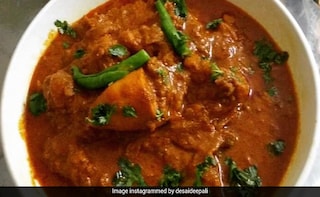One of the most common dishes from the subcontinent, the Do Pyaaza is remarkably difficult to dig into. Of course, its flavours are irresistible and you don’t need to challenge your palate at all to immediately appreciate the caramelised sweetness of onions bunged in with meat and whole spices. However, it is when we begin to get into the history of the do pyaaza—or indeed trying to find a common recipe for this style of dishes—we begin to run into problems.
Advertisement
For the latest food news, health tips and recipes, like us on Facebook or follow us on Twitter and YouTube.
Advertisement
Tags:
